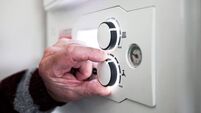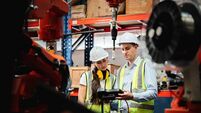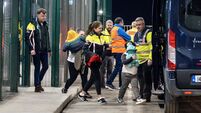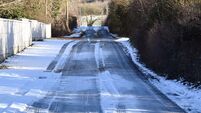Where we get our energy: How wind farms can help us weather global energy price hikes

Ireland's first and only operational offshore wind farm off the coast of Arklow, Co. Wicklow, where SSE Renewables is proposing to invest between €1bn and €2bn to increase its capacity to power almost 450,000 homes annually. Photo: Neil Michael
Every time a storm looks like it is about to hit Ireland, Donal Lordan should have more reasons to worry than most of us.
This is because as manager of one of the biggest wind farms in Ireland, he should have at least 38 reasons to not be too cheerful about extreme weather events. That’s the number of turbines he manages.
Most of these are up to 126 meters high - or nearly the size of two Cork County Halls on top of each other. Opened during the pandemic last year, the huge turbines that make up the ESB’s Grousemount Wind Farm on the Cork/Kerry border have - so far - managed to survive the last few storms relatively unscathed.
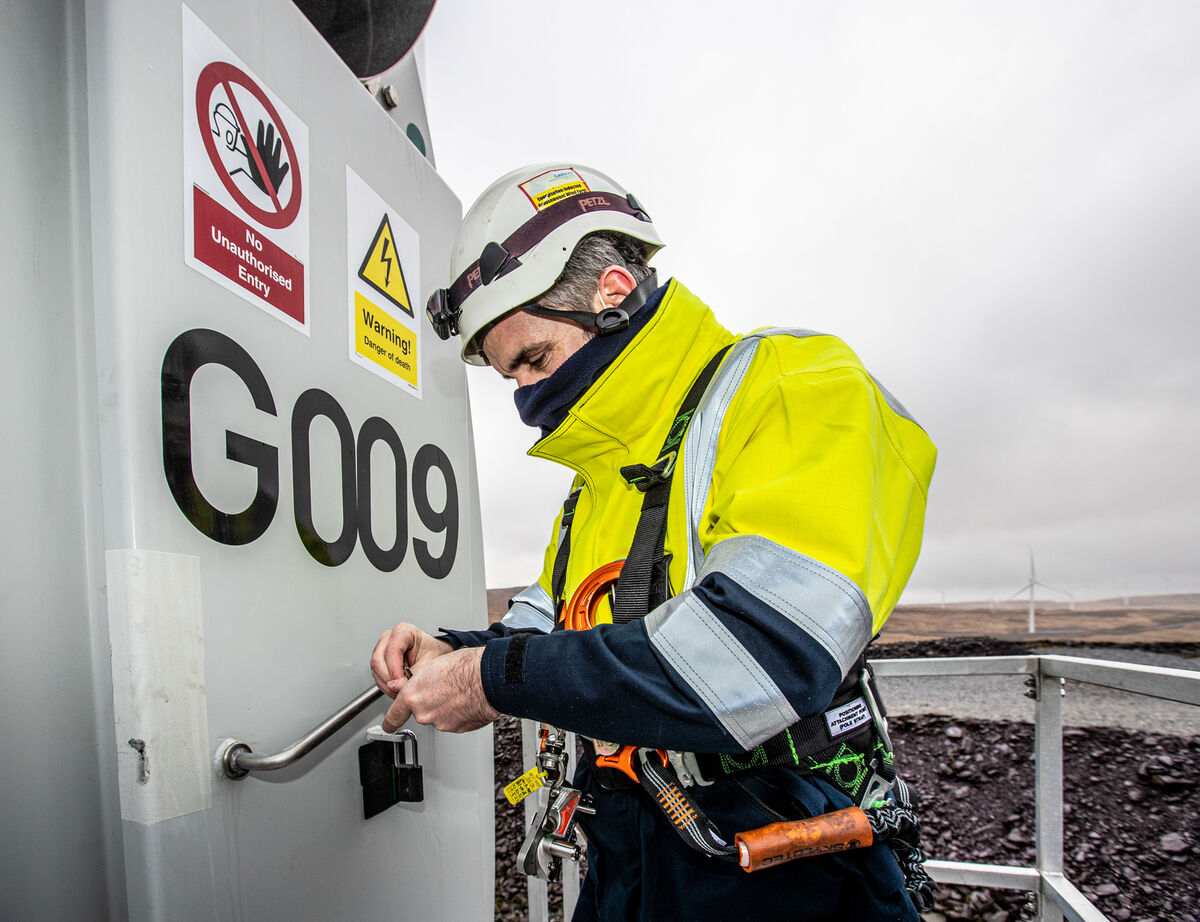
A former electrician who went back to college in 2008 and got a degree in electrical engineering, the 41-year-old has been with the ESB for the past 14 years. He has been involved in wind power since 2018, when he was brought in to Grousemount before it officially opened last year.
CLIMATE & SUSTAINABILITY HUB
“In any severe event, safety is always a primary concern,” he said.
“We would generally evacuate the site when the winds get up over 20 metres per second, which is over 100 kilometres an hour. We just batten down the hatches, leave and monitor things remotely.”
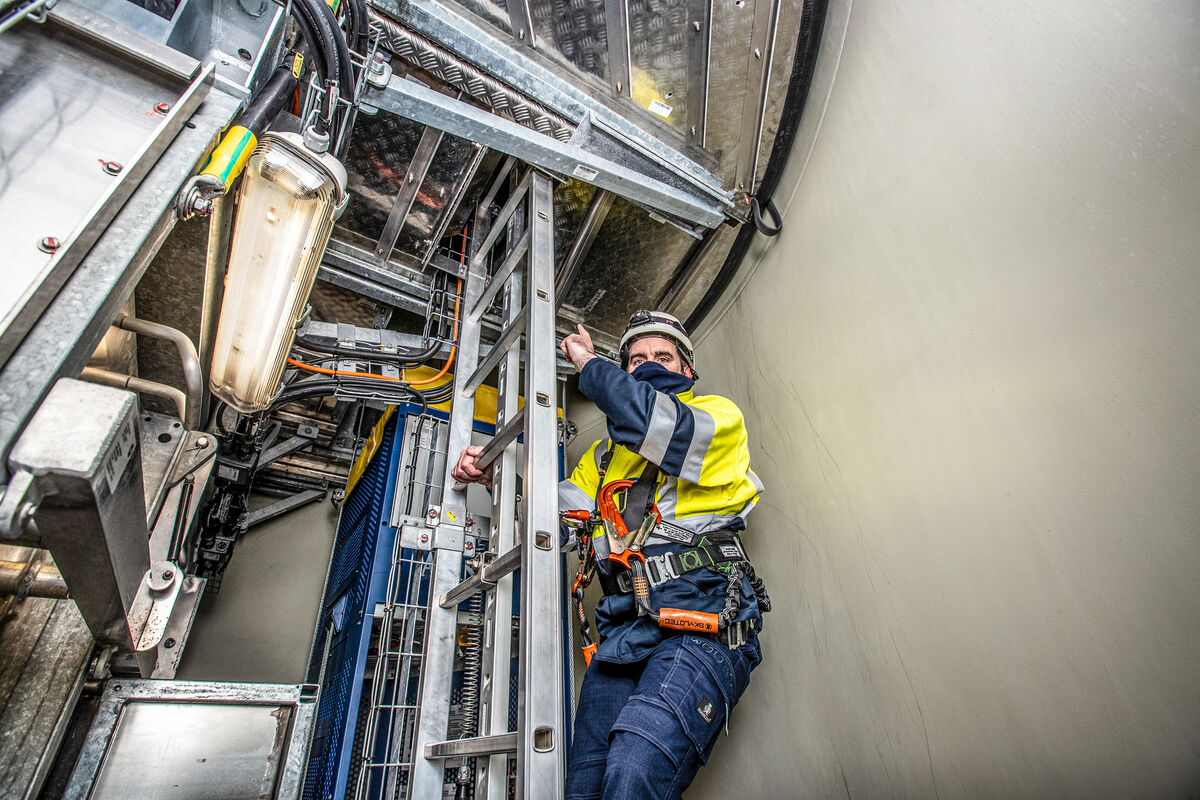
The huge blades of the turbines are designed that - in a storm - the blades feather in such a way that the wind glances over and doesn’t damage them.
In even the worst of storms they have experienced so far - and Storm Barra barely gets a mention in the conversation - just two of the turbines went down with faults.
“They weren't major faults," Donal said. “They're very robust machines designed to be sitting on top of a mountain.
“So they will survive more often than not those severe weather events, as long as they're obviously monitored correctly.”
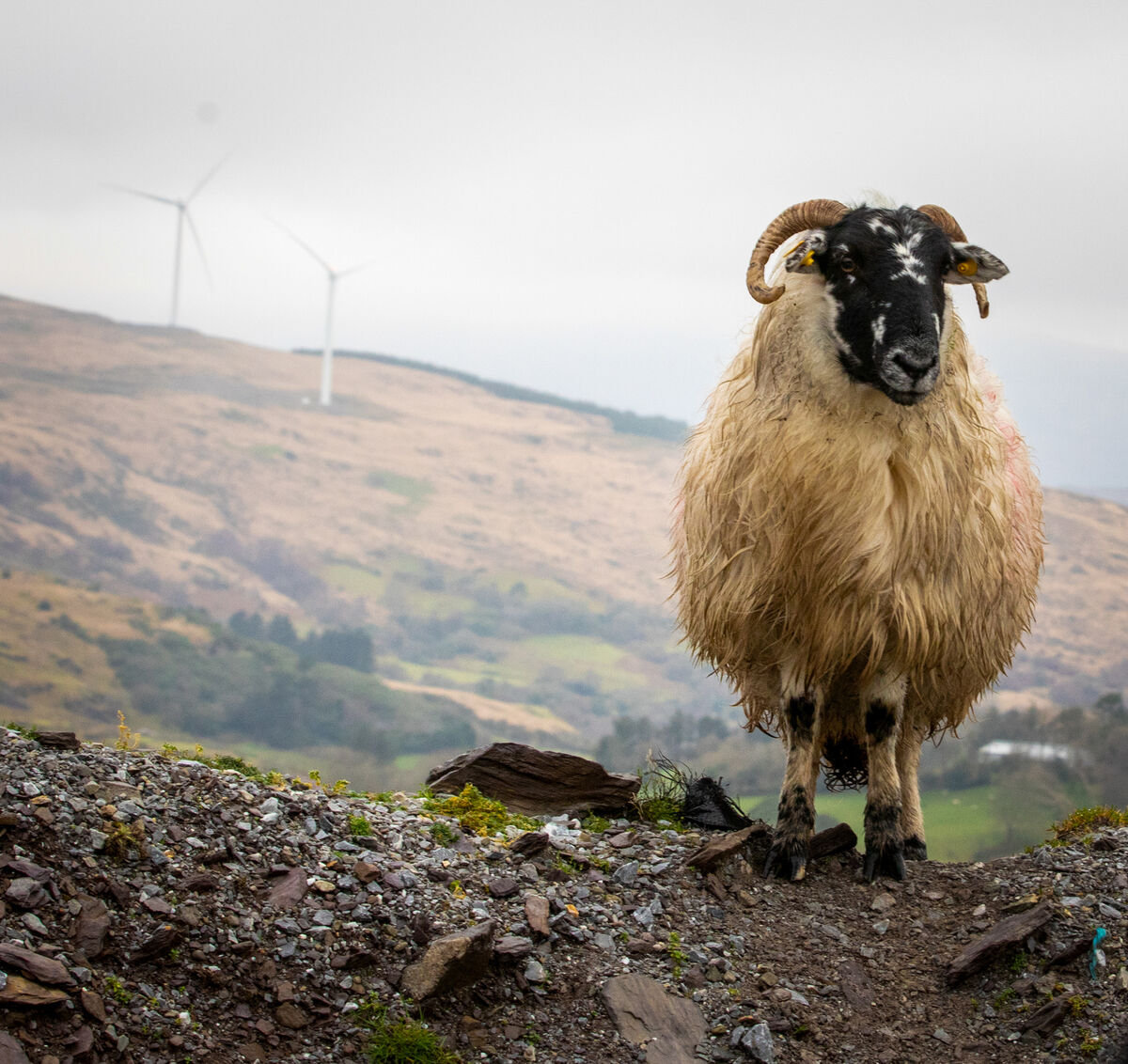
Laid out over 3,500 acres, the wind farm - which generates enough electricity to power 70,000 homes - is also home to around 1,000 sheep.
He believes offshore wind will become more of a feature than it has to date.
Ireland’s only offshore wind farm is the seven turbines that make up the Arklow Bank Windfarm.
What you see today is called Phase 1 of the Arklow Bank Wind Park, which was built in 2003/04 and is owned and operated by GE Energy under a sublease to the foreshore lease. To date, it remains the first and only operational offshore wind farm in Ireland.
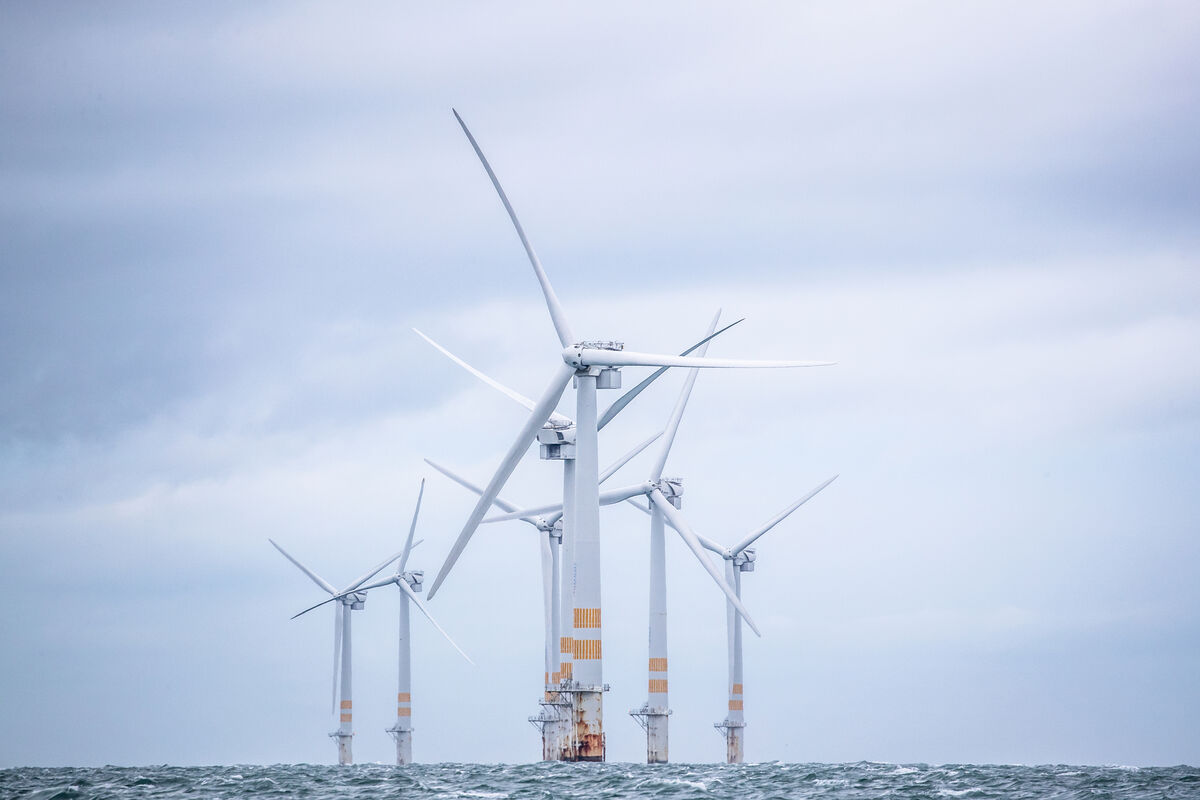
However, SSE Renewables is proposing to invest between €1bn and €2bn to develop Arklow Bank Wind Park further.
And as well as having the potential in Phase 2 of offsetting 500,000 million tonnes of carbon emissions each year, the project will have the capacity to power almost 450,000 homes annually.
However, while technology now means more can be achieved with modern turbines than ones around at the time the foreshore lease was first granted, the existing lease provides consent for up to 200 wind turbines. And that’s just offshore Wicklow.
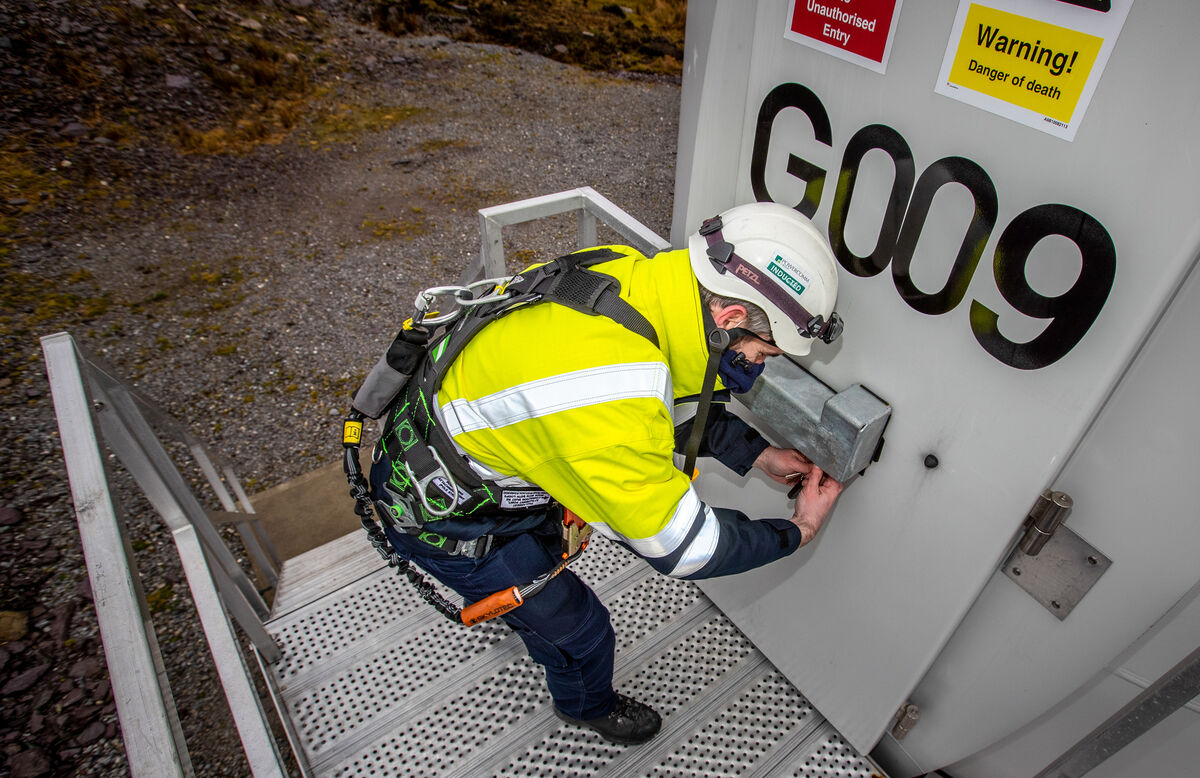
The International Renewable Energy Agency (IRENA) Renewable Power Generation Costs report from June 2021 found that globally onshore wind is the most cost-effective form of renewable energy generation in the world, followed closely by hydro, then solar PV and then offshore wind energy.
In 2020, wind energy provided 36% of Ireland’s electricity, and that was from the country’s estimated 400 or so wind farms.
So you could be looking at another 400 wind farms on land and at least the same again offshore if Ireland has any chance of meeting its target for 2030 to get to 80% renewable energy - and bearing in mind most of that is going to come from wind.
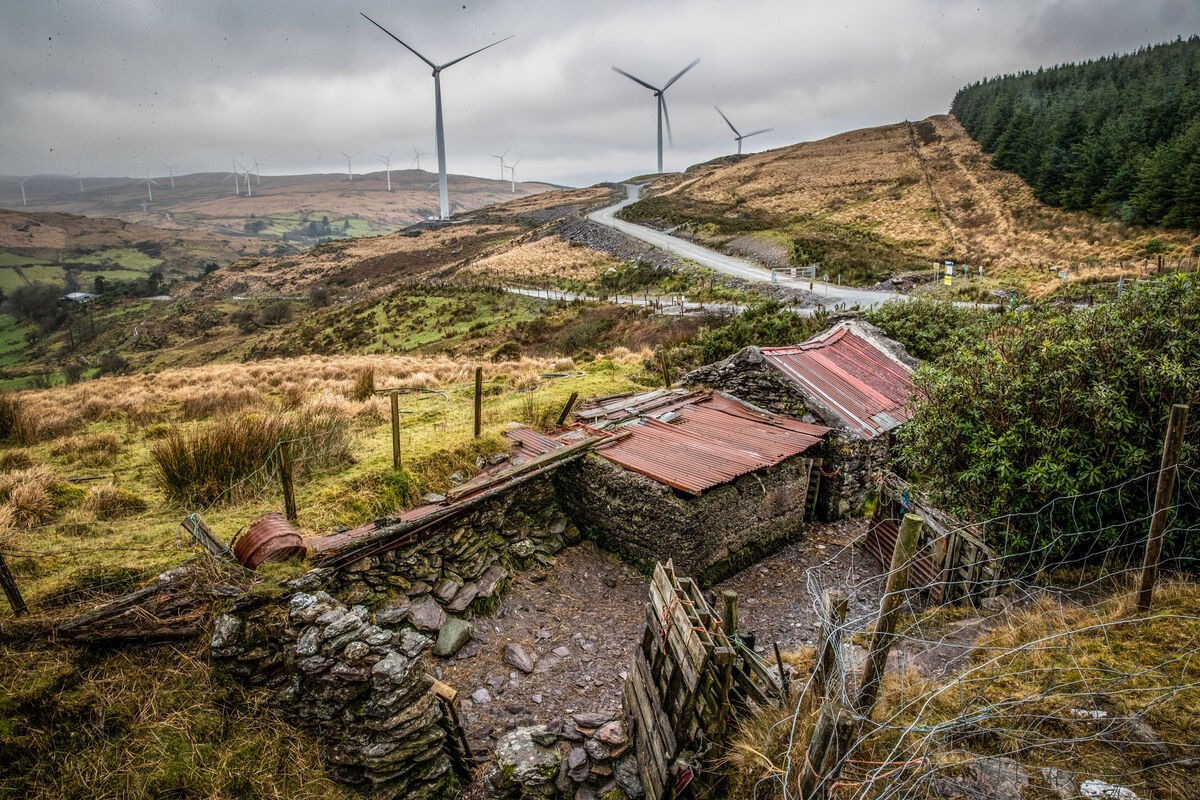
To give a perspective, you will need 10-14 wind turbines to generate enough electricity in a single year to power 33,300 Irish homes.
“We have an incredible natural resource for wind energy here in Ireland and we will need to use substantially more of it if we are to fully decarbonise Ireland,” says Wind Energy Ireland CEO Noel Cunniffe.
“In future as we electrify, it will not only power our day-to-day lives but also heat our homes through heat pumps, and power our journeys through electric vehicles.
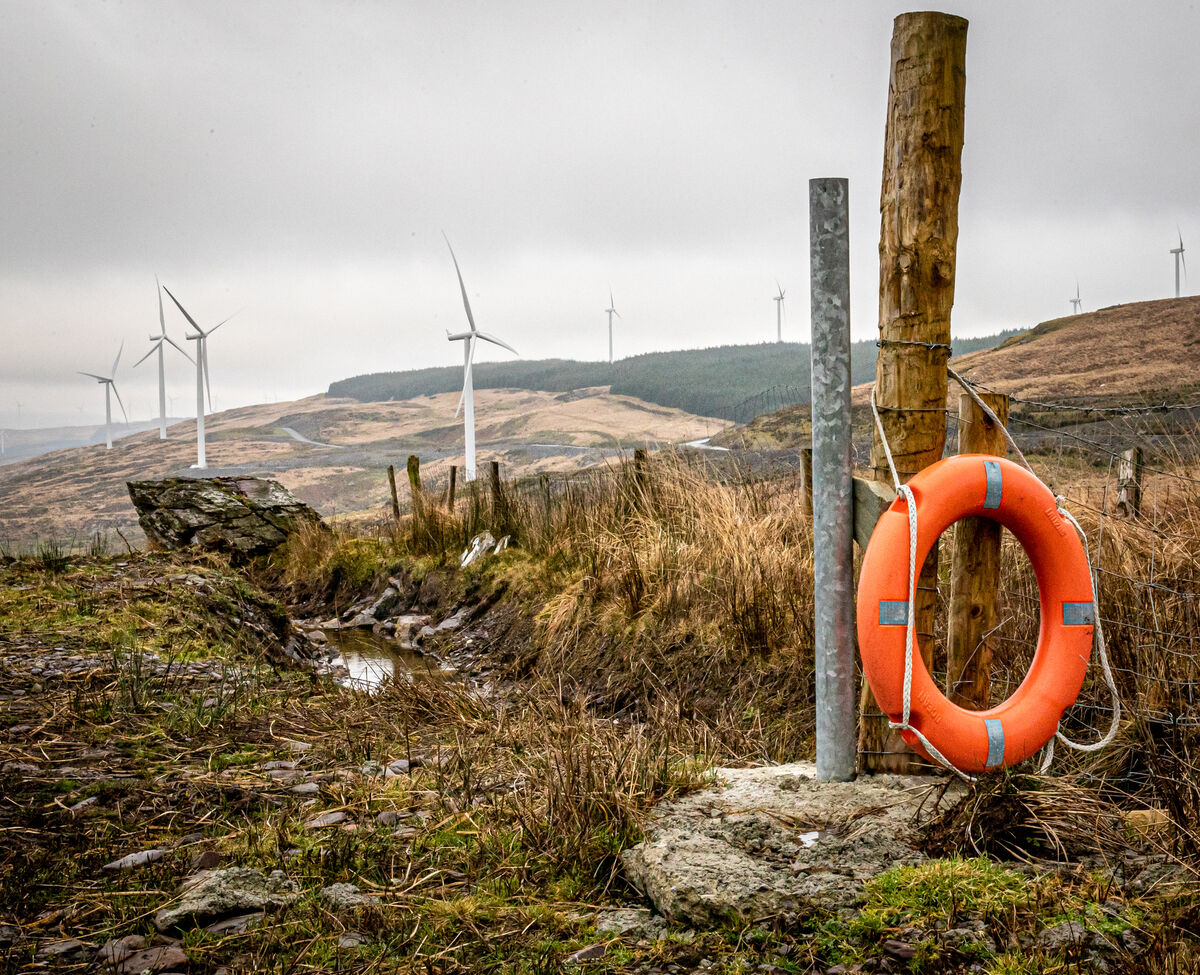
“The current spike in electricity prices is driven by factors largely beyond our control because we are so dependent on gas imports. The more we produce our own renewable energy, the more protected Irish consumers are from very high prices for imported fossil fuels.
“Wind energy has played an incredible role in decarbonising the electricity sector in Ireland to date.
“I believe a zero-carbon electricity sector is certainly achievable and completely necessary for Ireland by 2035 if we are to remain on the path to halting carbon emissions from our society by 2050.”
CLIMATE & SUSTAINABILITY HUB




